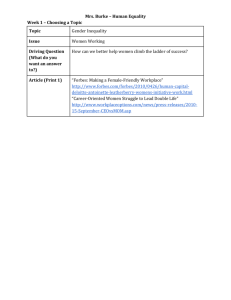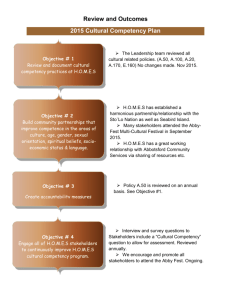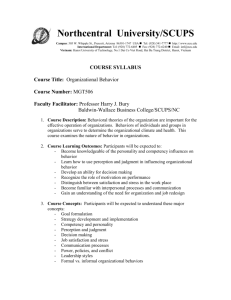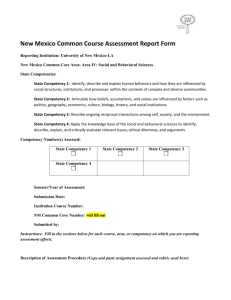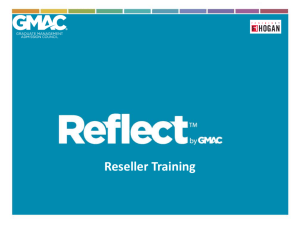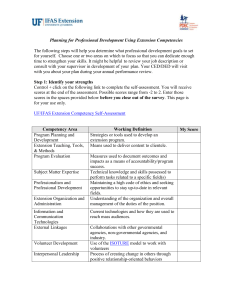If You Build it They Will Come: Building Training Development
advertisement
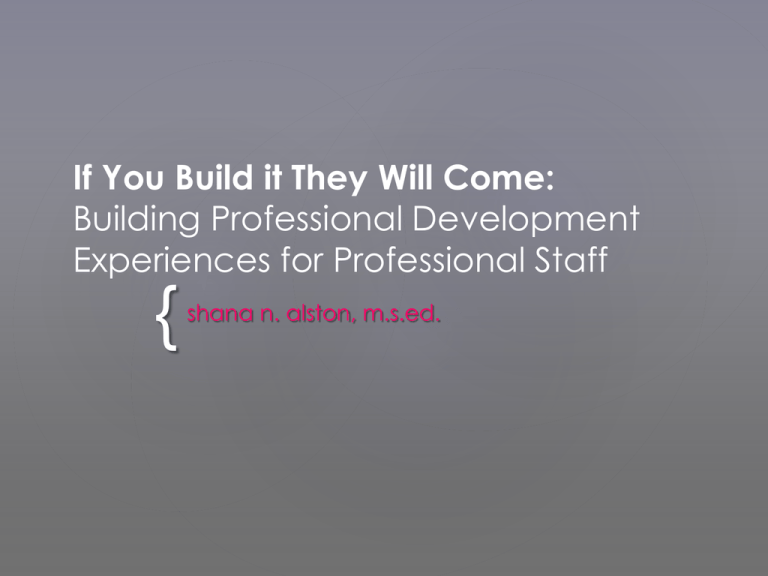
If You Build it They Will Come:
Building Professional Development
Experiences for Professional Staff
{
shana n. alston, m.s.ed.
Welcome
Current Challenges
Training vs. Development Program
How: Steps to Create a Development
Program
What: Components of Development
Program
Overview
Training vs. Professional
Development
Training Programs…
Are foundational or serve as orientation
Are refreshers or in-Service training
Learning that is Skill Based & Instructional
Teaches Workplace culture
Acquaint staff with resources
Teaches professional knowledge
Communicates administrative
responsibilities
What is a training program?
Professional Development programs…
Skills and knowledge attained for personal
development & career advancement
Designed enhance knowledge, skills, abilities of
staff to assume greater responsibility or higher
positions
Keeps organizations dynamic: thinking, growing,
and changing
Staff contribute to their professional development
plan stay longer, more satisfied, increases
effectiveness and efficiency
What is a Professional
Development program?
“…career development is
act of acquiring information
and resources that enables
one to plan a program of
lifelong learning related to his
or her work life.”
{ – V. Malone
How do we build it?
Professional Development Plans identifies
and address the needs of individual by
enhancing his or her knowledge and skills.
Career Visioning Plans
Career Mapping
Professional Goals & Action Plans
Dream Job Skill Assessment
Engage Staff in creating a
Professional Development Plan
The more informed staff are about their talents,
strengths, personality, abilities the more informed
we are on how they can best serve your team
and how they work.
Leadership, Personality, Skills/Interest Assessments
Myers Briggs Personality Type Inventory
True Colors
StrengthsQuest
Leadership Practices Inventory- LPI 360
Utilizing Assessments & Inventories
Developing learning opportunities that
address the competencies and skills
that staff needs to improve or acquire.
Addresses trends or informational
topics
Experiential, traditional
Develop Learning Activities
Good assessment allows you to improve the
program and illustrates if you have achieved
your program’s learning outcomes.
Make it continual & integrated.
Assess what staff has learned as a result of
participating in your development
program.
Assess your Professional
development program.
What should you build it
with?
What is your philosophy to
developing professional
development?
{ No one formula.
Competency Based content
increases knowledge of field and
introduces the latest research and
exposes staff to new ideas.
Competency Based content aligns
training content with professional
standards.
{Assessing Competency Areas
Competency Based Content
Consistency and continuity will boost
the confidence of your team.
Being consistent shows investment.
Commitment to professional growth
of your staff for career advancement.
Consistent & Continual
Collaboration will expose your team to
other practitioners with different
methods, approaches and insight to
our work.
Engage colleagues both in your
university and in your larger
professional network
Encourage staff to grow their
professional networks
Collaboration
Consultation/Informational
Interviewing
Coaching/Mentoring
Coursework/Certificate Programs
Conferences/Institutes
Seminars/Webinars
Research/Field Related Literature
Participation in Professional
Associations
Components
Malone, V.M. (1984). Inservice Training and staff development. In B.E. Swanson
(Ed.), Agricultural extension: A reference manual. Rome:FAO.
Scivicque, Chrissy. "Creating Your Professional Development Plan: 3 Surprising
Truths." Forbes. Forbes Magazine, 21 June 2011. Web. 01 Nov. 2012.
<http://www.forbes.com/sites/work-in-progress/2011/06/21/creating-yourprofessional-development-plan-3-surprising-truths/>.
Redman, Bridgette. "How to Write a Training Development Plan." EHow.
Demand Media, 10 June 2011. Web. 01 Nov. 2012.
<http://www.ehow.com/how_8576288_write-training-development-plan.html>.
Rabinowitz, Phil. "Developing Training Programs for Staff." Http://ctb.ku.edu. The
Community Tool Box, 2012. Web. 01 Nov. 2012.
<http://ctb.ku.edu/en/tablecontents/sub_section_main_1105.aspx>.
Sources
questions…
thoughts…
sharing…
{ Thank you.
